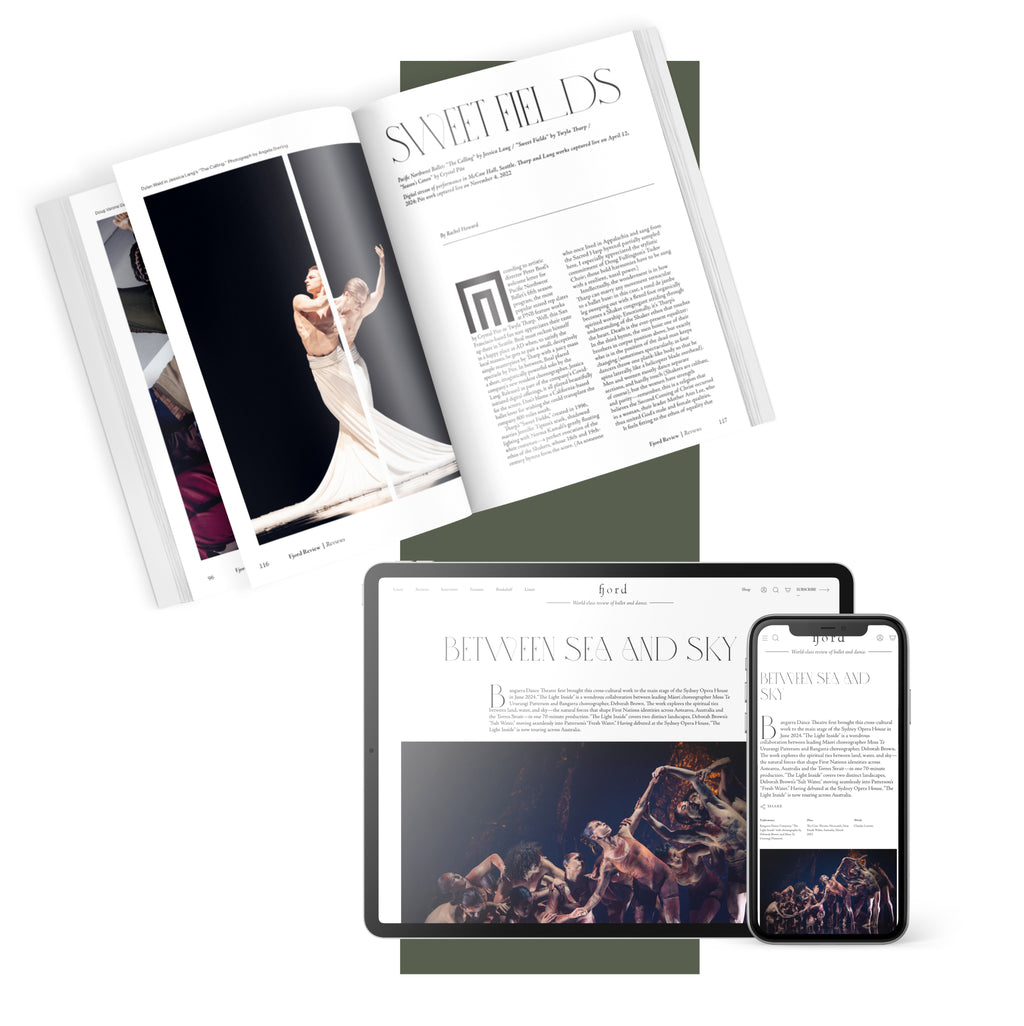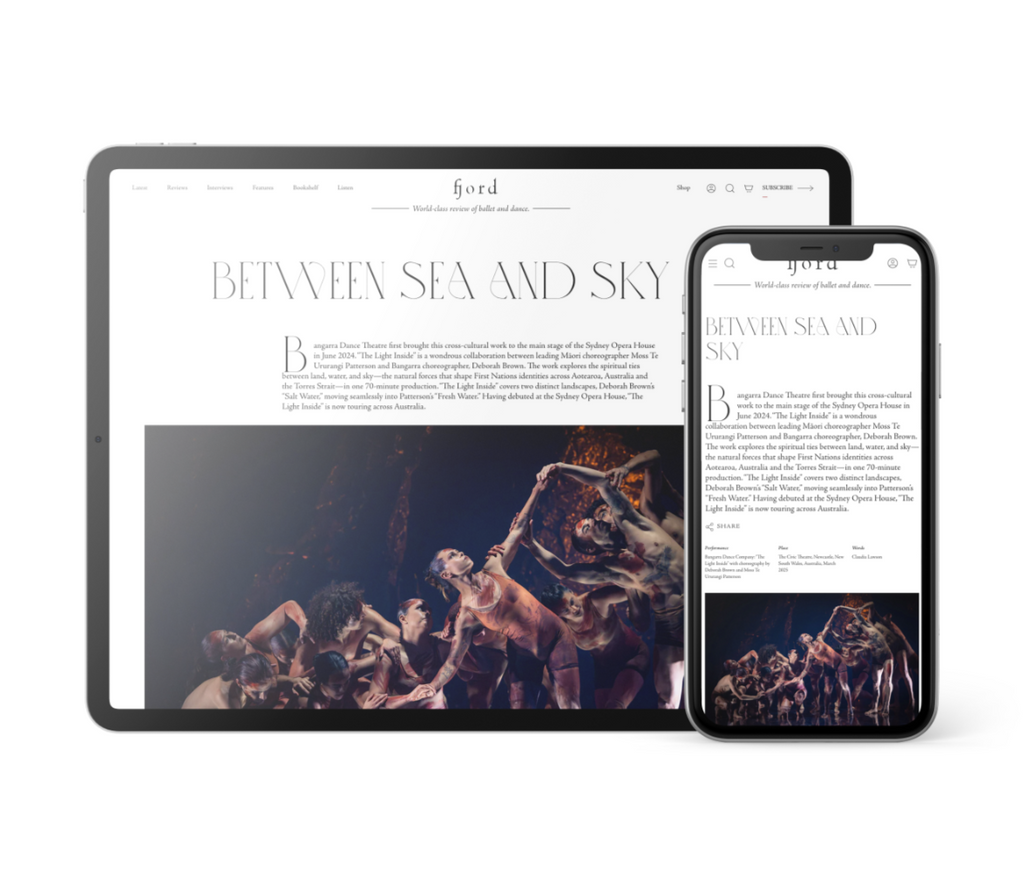Talent Time
It’s “Nutcracker” season at San Francisco Ballet—36 performances packed into three weeks—which means that the company is currently serving two distinct audiences.
Continua a leggere
World-class review of ballet and dance.
Though I desperately wanted to see the American Ballet Theater premiere Wayne McGregor’s “Woolf Works” this season, one could do worse than seeing “Onegin” as a last show before hitting the road for summer vacation. And, of the two Tchaikovsky tragedies on offer, John Cranko’s “Onegin”—created in 1965, with revisions in 1967 and new costumes and sets by Santo Loquasto in 2010—is far superior to ABT’s lackluster “Swan Lake” production, which has been around since 2000. Of course, in terms of raw potential, “Onegin” can’t compare with the three major Tchaikovsky story ballets: “Swan Lake,” “Sleeping Beauty,” and “The Nutcracker,” but it smartly incorporates elements from each. It also attempts something unusual for the narrative classics: it delves into the psychology of one woman. Like Charles Dickens’s Great Expectations and George Eliot’s Daniel Deronda, “Onegin” revolves around the pivotal role that fantasy and idealization can play in a life.
Performance
Place
Words



“Uncommonly intelligent, substantial coverage.”
Your weekly source for world-class dance reviews, interviews, articles, and more.
Already a paid subscriber? Login

It’s “Nutcracker” season at San Francisco Ballet—36 performances packed into three weeks—which means that the company is currently serving two distinct audiences.
Continua a leggereLast week I caught up with choreographer Pam Tanowitz and Opera Philadelphia’s current general director and president, countertenor Anthony Roth Costanzo to talk about “The Seasons,” the company’s latest production premiering at the Kimmel Center’s 600-plus seat Perelman Theater on December 19.
Continua a leggereIf Notre-Dame remains one of the enduring symbols of Paris, standing at the city’s heart in all its beauty, much of the credit belongs to Victor Hugo.
Continua a leggereWhen dancer and choreographer Marla Phelan was a kid, she wanted to be an astronaut. “I always loved science and astronomy,” Phelan said.
Continua a leggere
comments